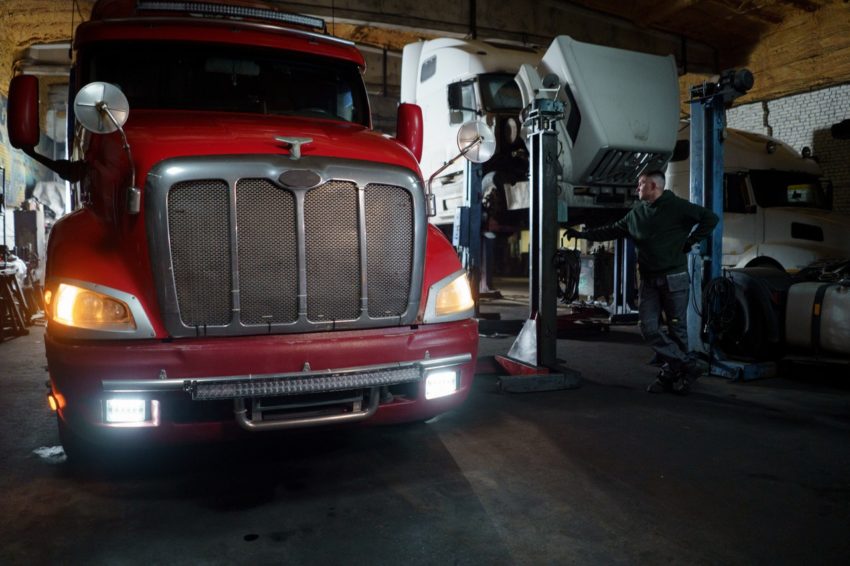
Fleet safety isn’t the most interesting topic in the world. But if you manage a fleet in your business, it’s certainly one of the most important. The time to pay attention is now!
Why Fleet Safety Matters
Fleet safety is about more than just preventing speeding and avoiding fender benders. It’s about developing a culture of respect and diligence. By investing in fleet safety, you’re able to:
- Keep drivers safe and avoid devastating injuries and deaths.
- Lower your company’s risk profile and save on insurance.
- Improve driver behavior and efficiency.
- Limit wear and tear on your vehicles.
- Reduce insurance premiums and claims.
- Prevent unnecessary downtime loss.
- Preserve your company’s reputation.
- Deliver products and services to customers with a high degree of reliability.
These are just a few of the benefits. The more seriously you take fleet safety, the more positive results you’ll uncover.
4 Simple Fleet Safety Tips
Developing a strong fleet safety program requires you to analyze and address every facet of your fleet – from people to policies to parts. With that in mind, here are several safety tips:
1. Invest in Driver Education and Training
Few things are more important than proper driver education and training. And while most companies have some sort of training program when a new driver is hired, very few invest in ongoing training (at least as frequently as they should). But in order to prioritize safety, training must be treated like a perpetual investment.
On-road driver training is the most effective kind. This allows you to evaluate a driver’s skills and see how they perform in real conditions. Pay especially close attention to things like safety precautions, driving speed, following distance, driving habits in poor road conditions, etc.
When evaluating drivers, make sure you give them concrete feedback with specific advice. For example, don’t just tell a driver they scored a B+. Tell the driver the specific areas where they failed (and how they can improve), as well as the specific areas where they’re doing exceptionally well.
2. Utilize Preventative Maintenance
Preventative maintenance might sound more like a financial concern than a safety concern, but it’s both. A poorly maintained vehicle is more likely to break down and/or experience an accident. A well maintained vehicle, however, brakes, accelerates, and turns as it should.
Thorough preventative maintenance ensures you catch small issues before they become major problems. It allows you to replace tires before they blow out when you’re driving 70 miles per hour down the interstate. It allows you to get new brake pads before you find yourself skidding down a steep hill in wet conditions. Overall, it puts you in control.
The easiest way to develop a thorough preventative maintenance program is to use fleet management software. It takes the guesswork out of the equation and streamlines maintenance and asset management using automated solutions.
3. Create a Formal Safety Policy
If you don’t already have a comprehensive safety policy in place, now’s the time to create one. A good safety policy will prioritize your drivers and set them up for success. Some things to consider in your policy:
- Put a limit on driver hours and set requirements for time off
- Require detailed driver records and logs
- Establish clear consequences for DUIs and collisions
- Discuss which elements of vehicle care are the driver’s responsibility
The key to a good safety policy is to make sure it’s clear, concise, and documented. Each driver should have easy access to it, so that they can review specific elements at any time. Not only that, but drivers should have to regularly read and sign off on the safety policy. You can also send out regular newsletters and reminders that touch on specific elements of the policy.
4. Incentivize Safe Habits
A safety program does more than just penalize people for their mistakes. It should also incentivize safe habits through a specific rewards program. And contrary to popular belief, money isn’t always the biggest motivator. Flexible benefits like time-off are much preferred.
Adding it All Up
It’s not always the big sweeping changes that have the biggest impact. The small, incremental shifts often lead to the most significant results. By paying attention to smaller elements of education, maintenance, safety programs, and driving habits, you can drive some amazing change.